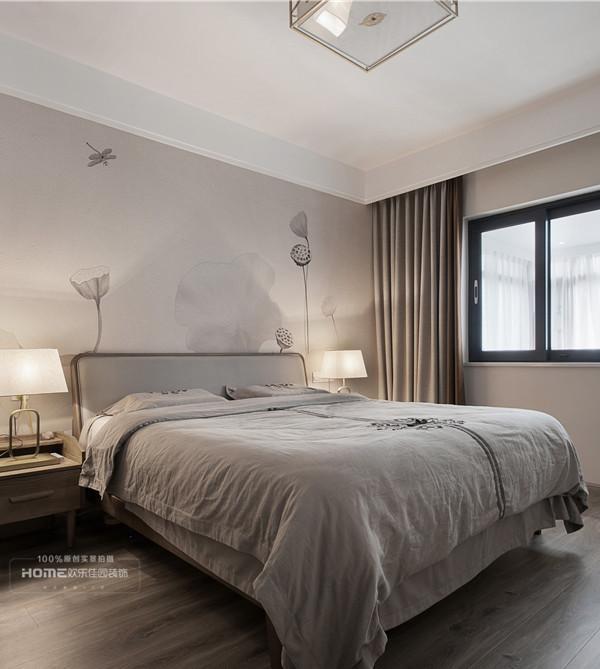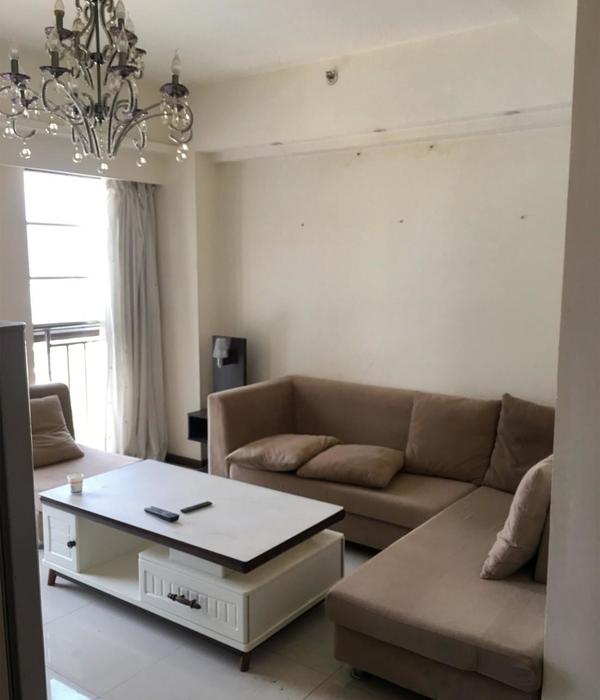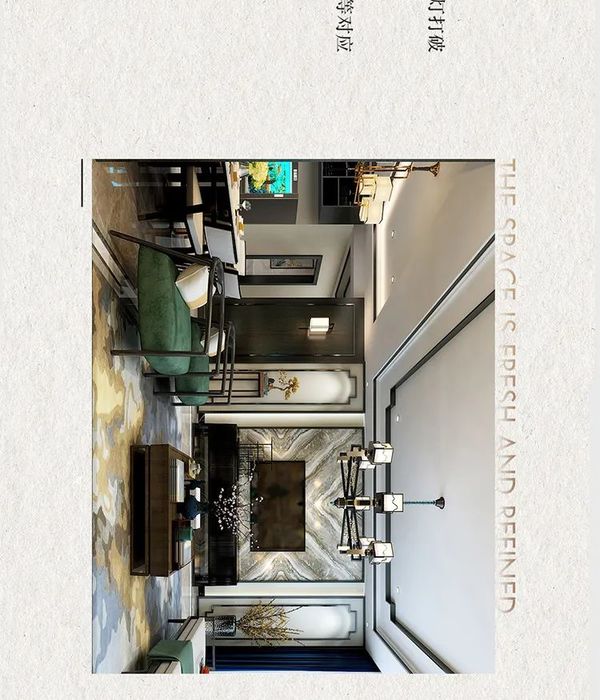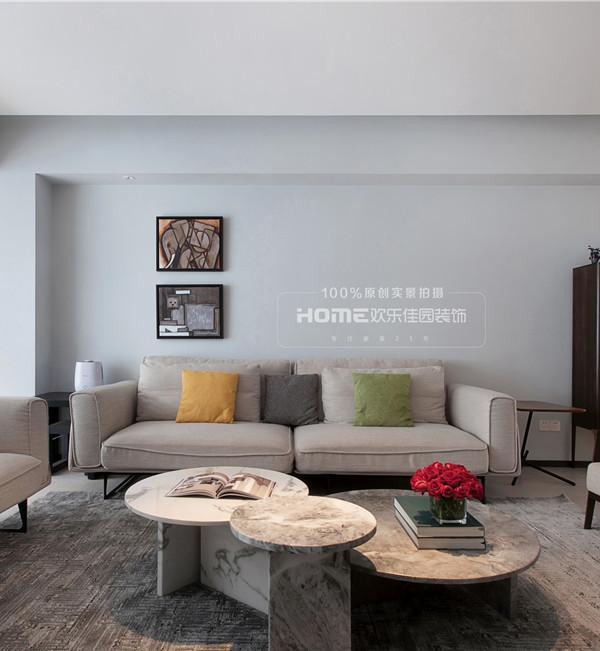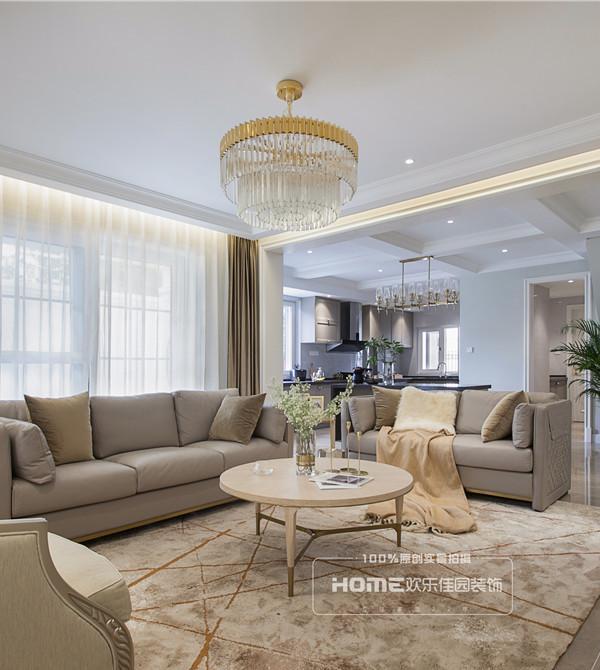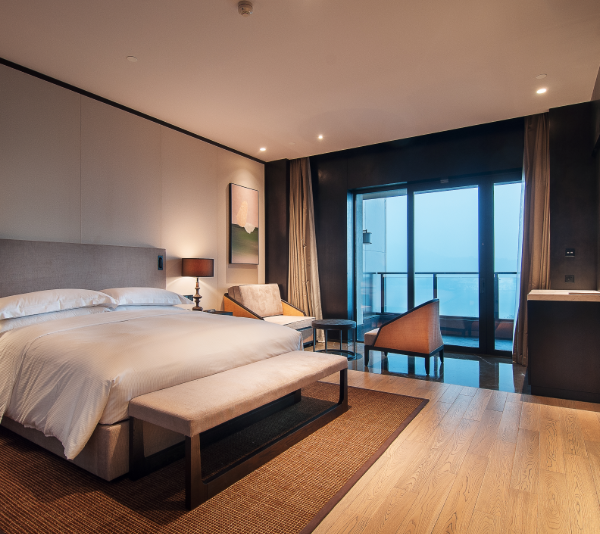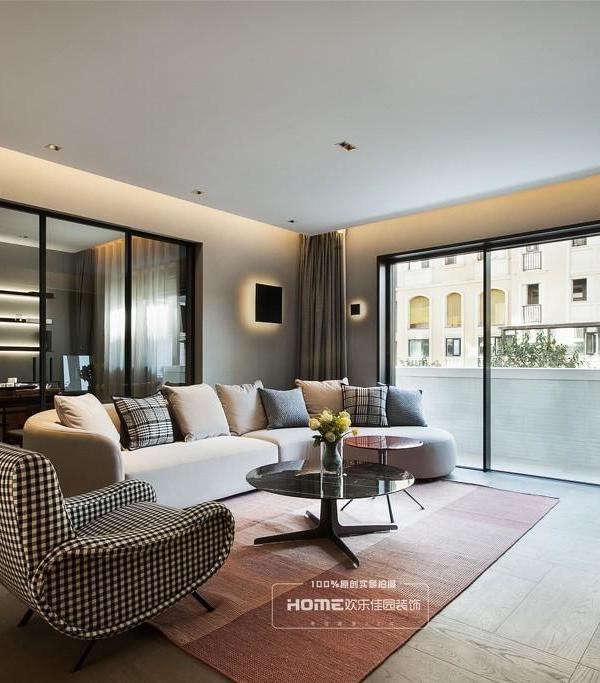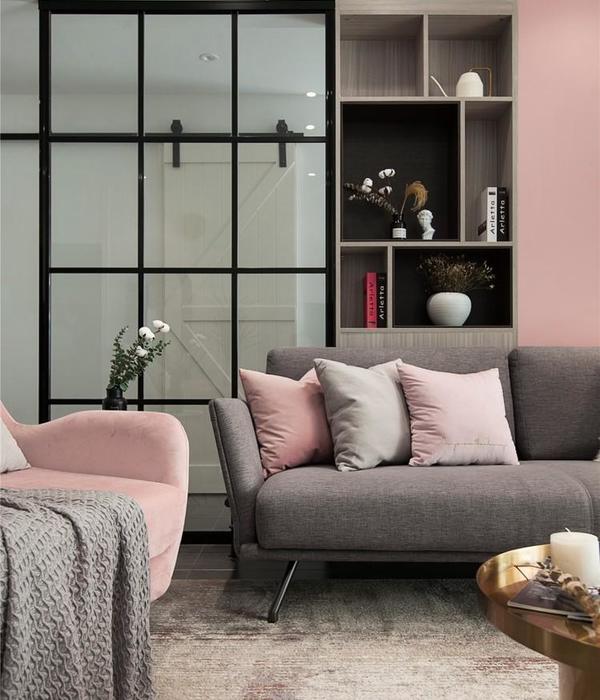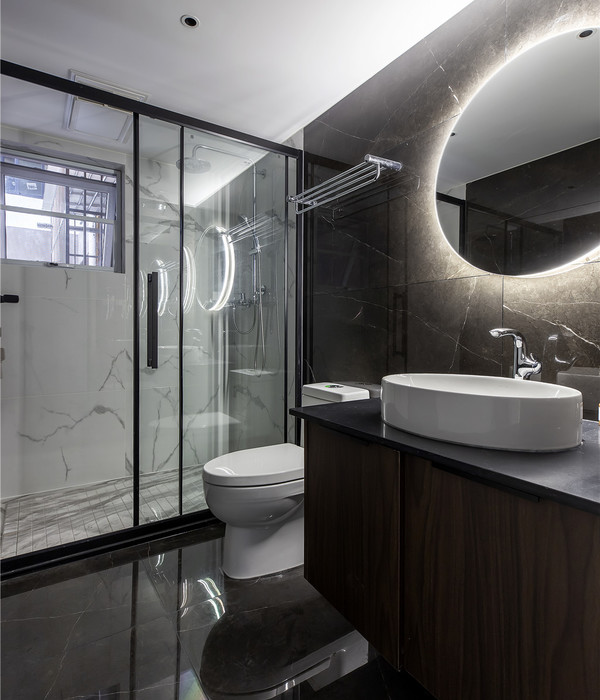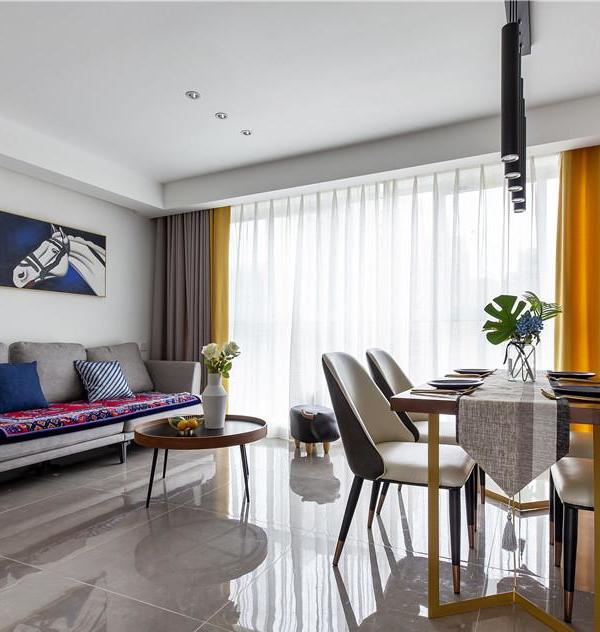Located in San Miguel de Allende, the Shoemaker House is a weekend residence built on top of a pronounced semi-arid mountain slope; this last element served as the basis towards the creative development of the project and helps achieve a balanced vision in terms of cost and functionality. The main idea was to benefit from the natural characteristics of the terrain. The project presents a viable solution to the challenge with two distinct volumetric structures.
The first volume was constructed on an exposed pure-concrete foundation that supports the structure and on the other hand achieves the budget objective of using low-cost materials summed to minimal future maintenance requirements.
In terms of materials, the project is defined by a combination of exposed concrete represented in various forms, giving the buildings a pure, elegant, and sober appearance. The materials allow the colors and their textures to merge with the natural landscape, its ambience and surroundings. The construction becomes one with the vegetation and the sky. Raw concrete allows us to project on its textures and shades imposing a solid character to the home, merging but at the same time differentiating and contrasting both levels naturally.
The entrance is located on the upper floor. The guest is received by a framed visual ending point directed to the south; frame that was prioritized in design and structure to give a welcoming feeling as you enter the building. Inside, the raw materials and its neutral tones are permanently leaving protagonism to the outside views and its natural surroundings.
One of the main objectives in this project was to give the household a sense of belonging by creating a tribute and link to its family origins. The artistic elements and furniture designed by Mr. Shoemaker blend in perfect harmony with the context of the construction. The Señal Factory sling chairs stand out with honor and pride.
The architectural project remarks the functional differences and characteristics between both sets of floors. One area includes the intimate family social area whilst the other provides the recreational and visitor areas. The main structure is a rectangle that separates the main bedroom and the living area that is compound into a free space, blended with a living room, dining room and a kitchen making this particular area practical and easy to inhabit.
As we move down to the basement, the exposed concrete base is discovered. From which an elegant green tree emerges from the ground generating a contrast of colors and shadows allowing this space to give character and granting the tree a protagonist position within the house; it may be seen from any position and view.
On route to the lower floor there is a mixed space joined by two paths. One is a spiral staircase that leads to an open hallway connecting to the guest bedroom and bathroom. The other is presented by a concrete staircase starting in the upper structure and serving as a communication path to the central courtyard; this element with cantilevered steps is one of the most interesting visual ending points inside the building.
A close by water body and some training tracks generate natural framed landscapes that are in constant change; landscapes gently submitted to the flow of the sunlight as the day passes as well as the season. This is achieved by the floor-to-ceiling windows that appear horizontally, protected by a set of lattices used to reduce sunlight. These blocking elements allow the windows to be open and naturally ventilate the interior spaces controlling the temperature inside the home.
Project location: San Miguel de Allende, Guanajuato. Mexico
Completion Year: 2020
Gross Built Area (square meters or square foot): 241 mts2
Property área: 441 m2 Architect’s Firm: Jaime Juárez R. Arquitecto
Lead Architect: Jaime Juárez Ruíz.
Collaborators: Jaime Ruiz Vega, Juan Manuel Marín, Silvia Chávez Cerda
[ES]
Casa Shoemaker es una vivienda de fin de semana que se desplanta sobre un terreno con una diferencia de nivel importante; factor que sirvió para abordar el proyecto desde una visión accesible en costos y funcionalidad. La premisa radicó en aprovechar las características del sitio, resolviendo el proyecto mediante dos estructuras volumétricas.
El primer volumen, es un basamento de concreto que emerge del suelo y sostiene la estructura; mismo que se dejó expuesto por la necesidad de uso de materiales de bajo costo y de mantenimiento mínimo, brindando un carácter sólido e imponente a la casa. El segundo bloque, se entiende como una estructura estilizada y ligera, que se inserta sutilmente en el paisaje.
La materialidad del proyecto se define por la combinación de texturas y acabados de concreto, reflejando una imagen sobria y al mismo tiempo elegante. Esa honestidad en sus materiales deja en primer plano el contexto natural; creando un juego de matices entre el cielo, la vivienda y la vegetación.
El acceso es por la planta alta, recibiendo al usuario con una vista enmarcada hacia el sur, que fue la que se privilegió en toda la vivienda. Al interior, se continua con la apariencia en materiales y tonalidades neutras; dejando como protagonistas a las vistas naturales hacia el exterior. Uno de los objetivos era representar el legado artístico de la familia Shoemaker que habita la casa, por lo que se integraron elementos y mobiliario original diseñado por Don Shoemaker (fundador de la fábrica ©Señal).
El uso variado de texturas en concreto genera un contraste y armonía natural entre ambos niveles, mientras que las diferencias se establecen en cuanto al programa y función de las dos plantas, ya que una alberga la zona social e íntima, mientras que la segunda se dispuso como área de huéspedes y recreativa. La estructura superior es un rectángulo que resguarda el dormitorio principal y el área de convivencia, que se compone por la estancia, el comedor y la cocina; haciendo de esta una zona práctica y fácil de habitar.
Al bajar al nivel sótano, se descubre un claustro de concreto, el cual aloja un arbol que nace del terreno; mismo que genera sutiles reflejos y sombras que convierten este espacio en el núcleo y protagonista de la casa. En la planta inferior, se encuentra un área mixta en el que hay 2 formas de llegar a ella, una es por medio de una escalera de caracol que da acceso a las recámaras secundarias; y por otro lado está la escalera de concreto que comunica con el patio central; este elemento con peldaños en voladizo es uno de los remates visuales más interesantes de la vivienda.
En los alrededores, se encuentra un cuerpo de agua y unas vías de tren, generando encuadres naturales conforme el transcurso del tiempo. Esto se logra gracias a ventanales de piso a techo que destacan por toda la horizontalidad del volumen, protegidos por celosías que reducen las incidencia solar y configuran un recorrido de sombras al interior.
{{item.text_origin}}

